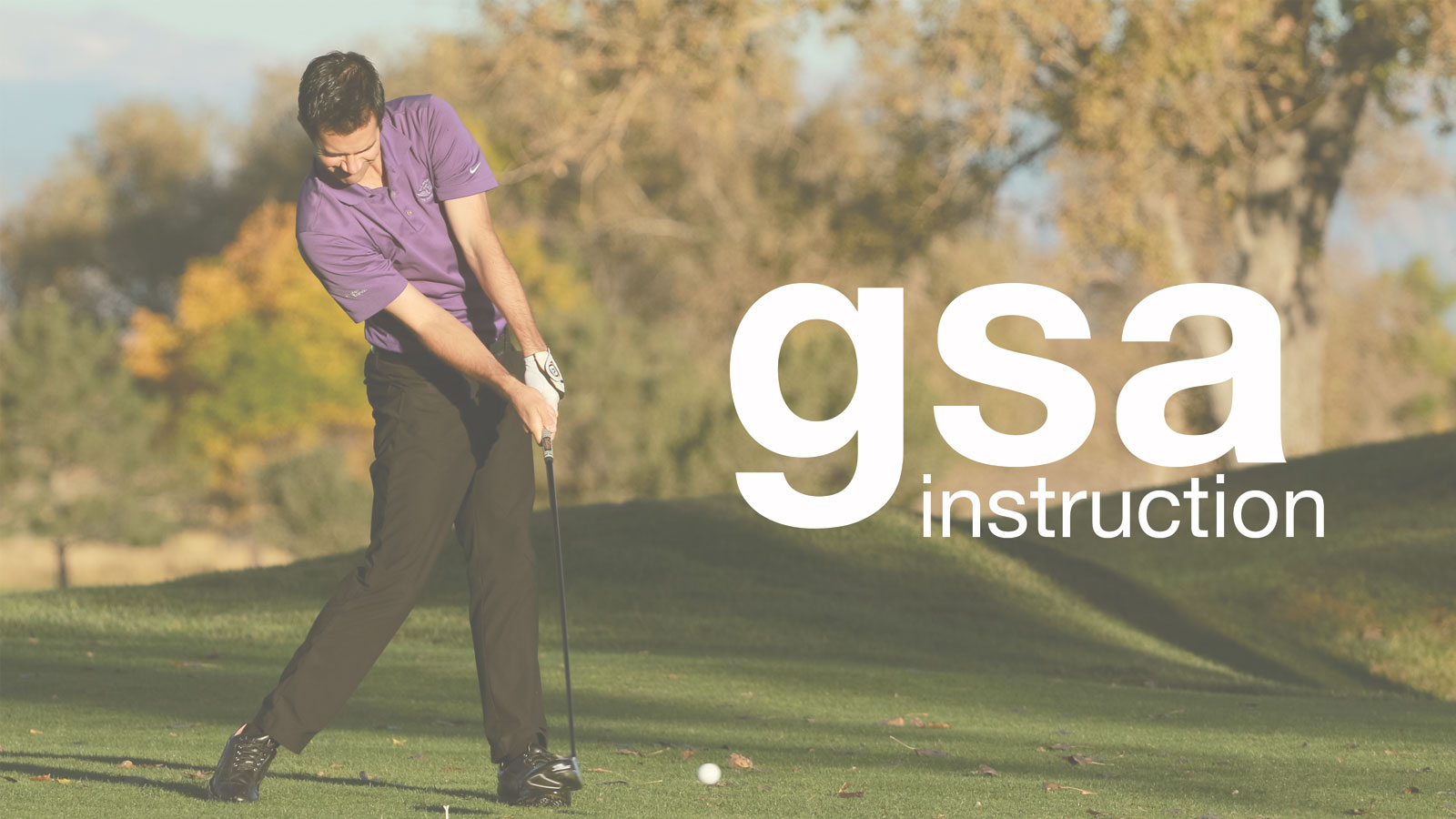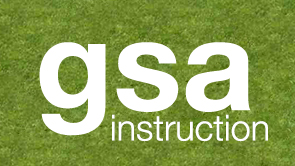Subscribe now to watch the full video.
Golfers always talk about the transition from backswing to downswing, but a transition is just a change from one movement to another. This means, that if we break down the golf swing, there are at least 4 major “transitions” to look at
The four transitions are
- From takeaway to setting the club
- From setting the club to starting the downswing
- From starting the downswing to the release
- From the release to slowing down the club or breaking.
Transition 1: the set transition
Since the takeaway should largely be a spine movement, this transition is when the arms start to get more involved in the swing. They start the wrists moving to get ready for the release, while the arms raise to load the shoulder. Yes, you read that correction, the wrists start to get ready for the release as soon as they start to set the club, since the movements of the wrist that set the club are largely the same movements that will happen during transition from backswing to downswing. The forearm rotation and the arm elevation create a load that will be increased in transition and unloaded during the release.
Transition 2: the shift transition
During the backswing, you are going to be pushing against the ground to create rotation. The direction that you will push is into your right foot, and slightly away from the target. At some point during this backswing, you are going to use this pressure to allow your hips to shift over your left ankle and you will start pushing with the left foot into the ground slightly away from the target. The shift transition is the one that most people think of when they think of the term transition in the golf swing because it is the most drastic change of movements. During the shift transition, your arms are going to slightly flatten and get closer to your body in order to prepare for the release.
Transition 3: the pull to push transition
During the downswing, you are going to have a transition from getting the club moving, to accelerating the club toward the ball. This is the end of the shift transition and the beginning of the release phase. During the release phase, the push from the left leg will help initiate the release. In my mind, this is a feeling of going from a pull to start the club moving, to a push from the legs and arms (legs going just slightly first).
Transition 4: applying the brakes
The last transition is going to happen just after hitting the ball. When you hit the ball, the arms should be pulled into a straight position by the weight of the club, while the body braces to support the arms pulling. It is like playing tug of war with a 100 pound dog, the upper body will be moving slightly away from the target as the arms extend. This often looks like the body is bracing, and depending on how drastic the braking is, it will have the appearance of a hip stall.
Any one of these transition points can cause a problem, even if you know how to do each of the key movements, you could fail to execute if your transition to start the movement gets you out of position or off timing.
To learn how to execute each key chunk of the swing, as well as the transition between each movements, log in and check out our drills.


